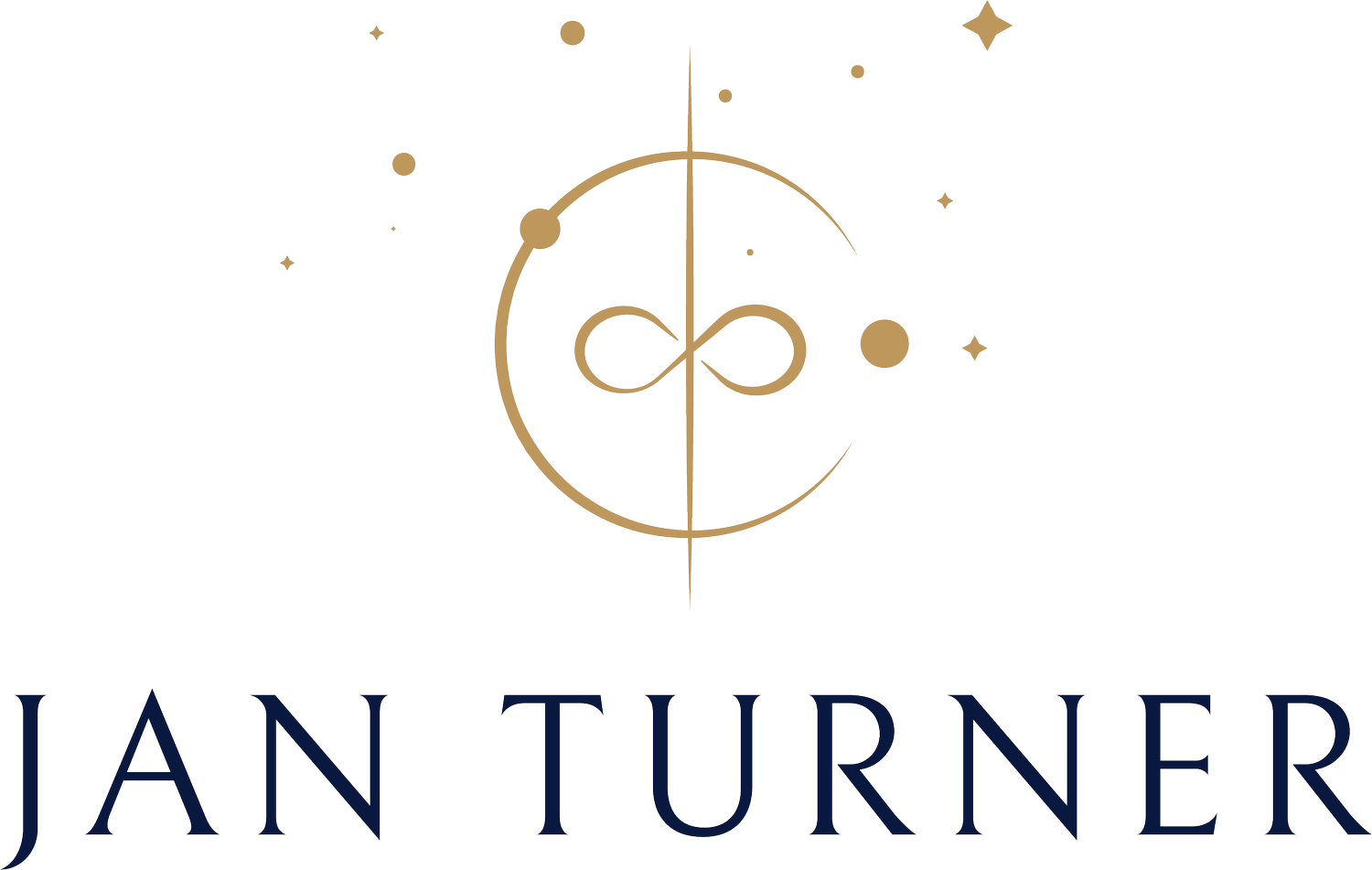The Cost of Carrying On: Why High Performers Miss the Signs of Burnout
Not long ago, a coaching client shared with me, “I didn’t realize I was burned out until I slowed down enough to notice.” I’ve heard versions of this more times than I can count from brilliant, dedicated people who didn’t see the signs until they were too depleted to keep going. Meanwhile, the collateral damage in their work and personal lives was mounting.
If you’re a high performer — someone who’s used to delivering, showing up and pushing through — it can be surprisingly hard to recognize burnout. You’re wired for resilience. People rely on you. You pride yourself on keeping it together. Your reputation is paramount. But that very capacity to carry on can keep you from noticing when the cost becomes too high.
The Signs Are Often Quiet (Until They’re Not)
Burnout rarely announces itself with a dramatic collapse. More often, it begins with small things:
Sleep becomes inconsistent even if you’re exhausted.
The work you used to enjoy starts to feel heavy or meaningless.
You’re more irritable, distracted and/or distant.
You can’t remember the last time you truly felt present or rested.
But you keep going because that’s what you do. You compartmentalize. You tell yourself it’s temporary until the strategic initiative you’re driving is implemented, the next promotion is achieved, the mortgage is paid off, etc. Until the reason stretches into a year (or years) and your health, motivation and/or relationships start to erode.
Why High Performers Miss It
High achievers are especially vulnerable because we often tie our value to output. We’re rewarded for being dependable, self-sufficient and unflappable. Rest, contemplation and leisure can feel like luxuries — or worse, threats to our identity.
There’s also a cultural element: many workplaces normalize overextension. If everyone around you is running on fumes, burnout stops looking like a warning sign and starts looking like the norm.
What to Watch For (In Yourself or Your Team)
Over-functioning: Taking on more than is sustainable, often to avoid disappointment or failure.
Disconnection: Numbing out, disengaging or emotionally withdrawing — even if you’re still “doing the work.”
Chronic fatigue: Tiredness that doesn’t improve with sleep.
Loss of purpose or clarity: A dulling of motivation, creativity and direction.
These signs aren’t proof you’re failing. They’re signals that something needs attention.
Recovery Begins with Awareness, Not Fixes
The goal isn’t to “get back to normal.” It’s to understand what “normal” was costing you. Burnout recovery starts by making space to feel again, rest without guilt and ask what sustainability really looks like — not just for your body, but for your way of being.
That might mean:
Relearning what “enough” feels like.
Letting go of constant productivity as a measure of worth.
Creating space for boundaries, creativity and presence.
A Different Kind of Strength
If you’re burned out — or teetering on the edge — it doesn’t mean you’re weak. It may mean your Self and your internal systems are asking for something different, slower, wiser. It takes courage to listen.
Because the truth is that the ability to keep going isn’t the only strength that matters. Sometimes, the deeper strength is in knowing when to pause.
—
Jan Turner
